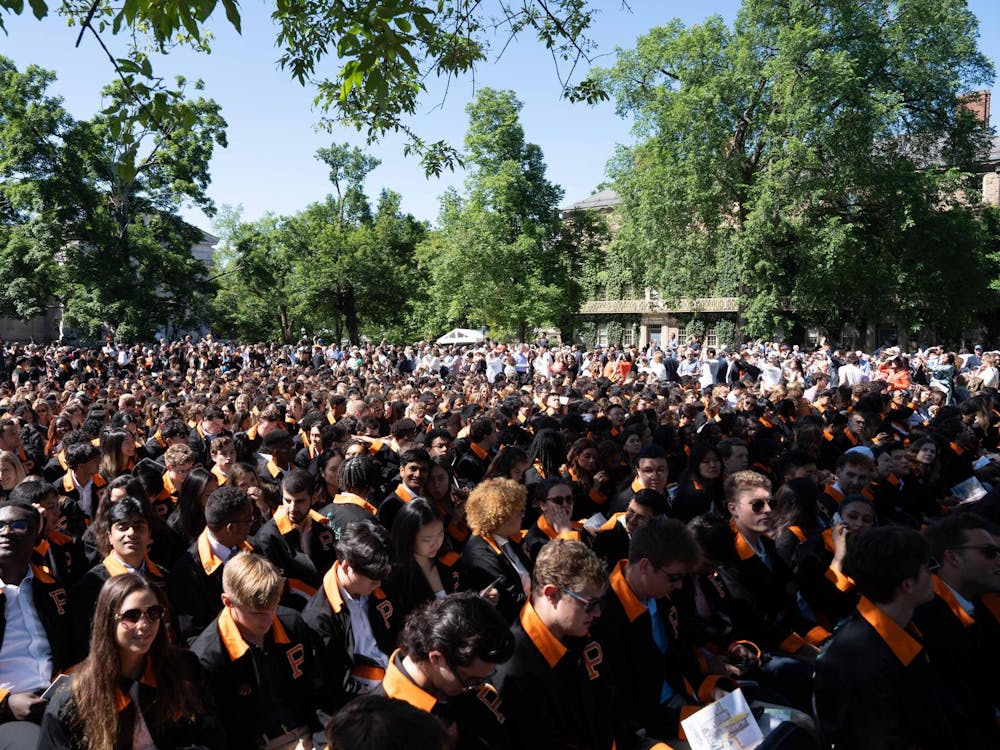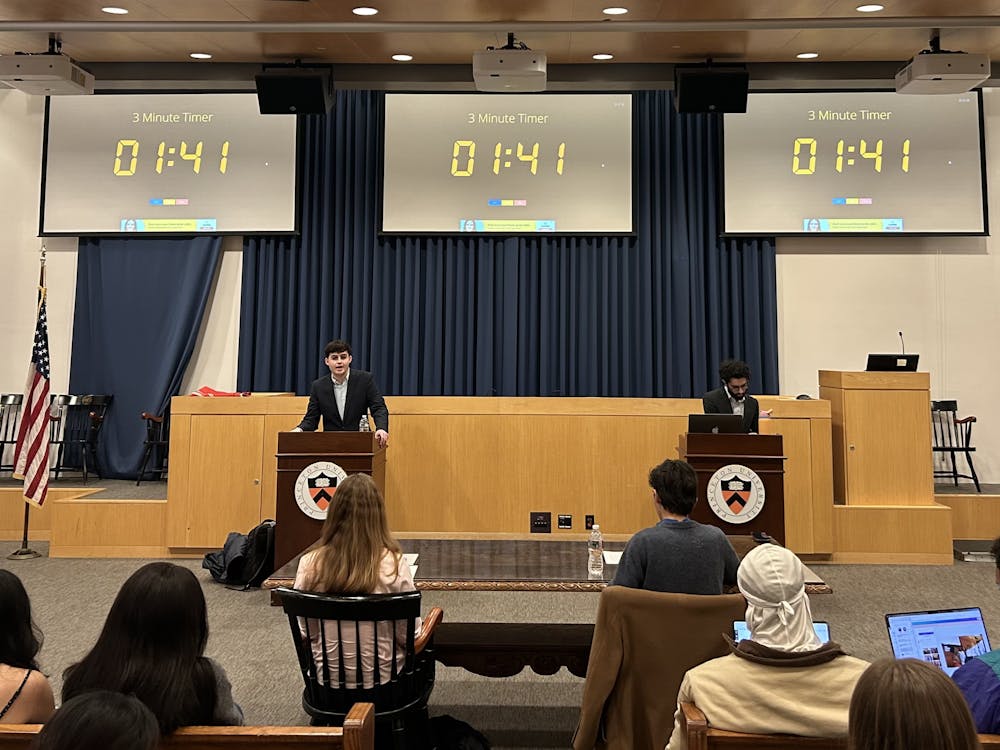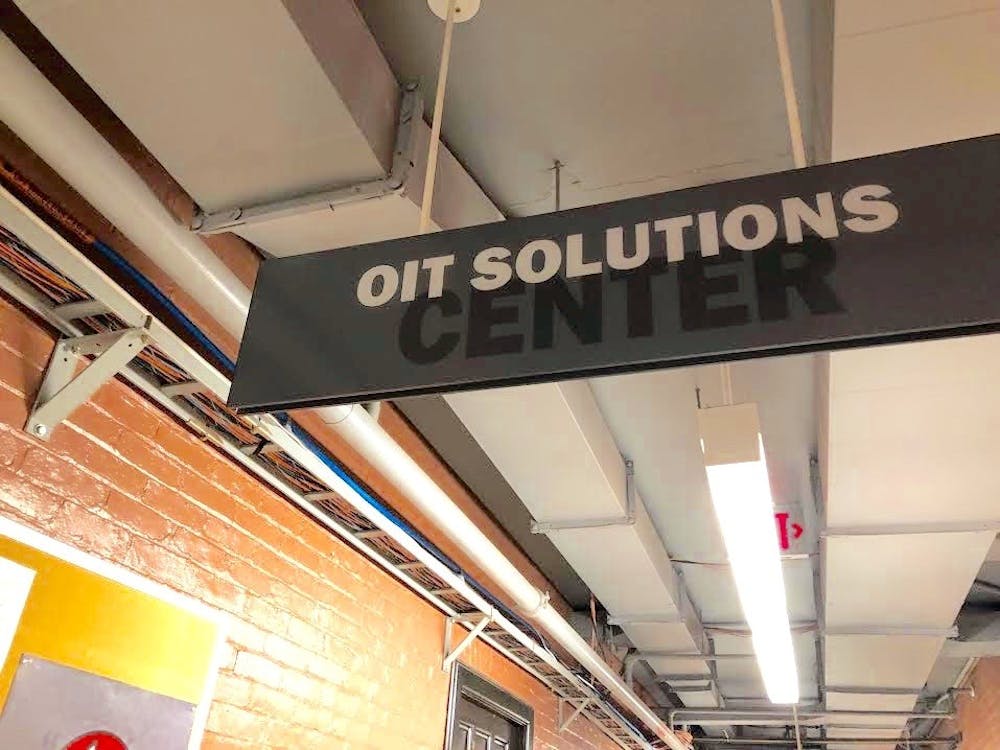The upcoming Arts and Transit Neighborhood has received largely bad press — it will, after all, move our dearly beloved Dinky back 450 feet, affecting access for Princeton residents (especially those unlucky students without rolling carry-ons). But let’s forget for a moment the hassle of trekking to Newark the day before Thanksgiving and turn to the project itself: The Lewis Center is relocating to the southwest corner of campus and getting seriously spruced up. There will be a fountain, an upscale cafe and an outdoor performance plaza. It will become a hub of the arts in a way that the current Lewis Center, a converted — and quite frankly grungy — elementary school located at 185 Nassau Street, just isn’t.
That much you can glean from the project’s website. More important and less talked about is the ability this project has to help unify the student body. If I sound like an earnest art school grad, bear with me: A large number of Princeton students — at times, it feels like all of them — are singers, dancers, actors, visual artists, filmmakers or creative writers. For whatever reason — whether it is Tiger Moms who forced violin lessons or the strength of our creative writing program relative to our peers — Princeton students of all types identify as artists. And even if you’re not one of them, you’ve probably been to a performance either to support a friend or just to enjoy the show.
Because of this pervasiveness, the arts at Princeton help us overcome, in some small way, divisions in our student body.
However, the arts at Princeton are also physically marginalized. The current location of the Lewis Center is about as convenient as its neighbor, the Friend Center, and the space itself is cramped and uninviting — that is, if you can find the entrance. Moreover, most performances don’t even take place in the center. Rather, readings alternate between Berlind Theatre and McCosh 50, plays find space in various theaters — some of which are buried in residential college basements — and frankly, I’m not sure where dance groups typically perform. But the answer, as with most groups, is probably “anywhere and everywhere.”
In other words, despite the large role the arts play in many students’ lives, they are dispersed throughout the campus. This means that each group operates somewhat independently of the rest: They each have their own target audience, physical space and show times. Someone who goes to watch a diSiac show, for example, won’t necessarily walk down a hallway that also advertises creative writing readings or wind ensemble concerts. As a result, his or her attendance will be a single incident rather than a trend.
On the other hand, the Arts and Transit Neighborhood would be a central space for advertising and celebrating the diversity and range of artistic voices on campus. So even if the new Lewis Center’s location isn’t perfect — after all, it is also in a corner of campus and, of course, will push back the Dinky — it is incontestably better. And it will allow the space to honestly serve as a “center” for the arts.
This matters because the more visible we can make the arts — the one thing on campus that seems able to transcend other divisions between students — the more we can move beyond divisions in our student body. For better or worse, our student body is divided by residential college, eating clubs, regular clubs and — as recent columns proved — major choices.
But the real world doesn’t divide along those same lines. Indeed, this Internet era of “too much information” requires just the opposite: people who can make connections and find intersections between diverse fields. Steve Jobs did it by combining technology with stylish design. Leonardo da Vinci did it by pairing anatomy and illustration. And our own Atelier, the brainchild of professor emeritus Toni Morrison, offers classes based on the concepts of intersection and interdisciplinary learning. Art, in other words, is the perfect way to encourage transcending disciplinary lines on campus and beyond.

The Arts and Transit Neighborhood would encourage such intersections by consolidating and making visible all of the artistic resources that Princeton has to offer. It would eliminate the feeling that, for example, creative writing and break-dancing are unrelated, underground enterprises. Instead, intersections would be facilitated and celebrated. If the difference between the almost-right word and the right word, as Mark Twain wrote, is the difference between the lightning bug and lightning, then the difference between the current Lewis Center and the new Arts and Transit Neighborhood is that between acknowledging and celebrating the arts.
Who knows? It might just make Forbes worth the walk.
Cameron Langford is a freshman from Davidson, N.C. She can be reached at cplangfo@princeton.edu.








